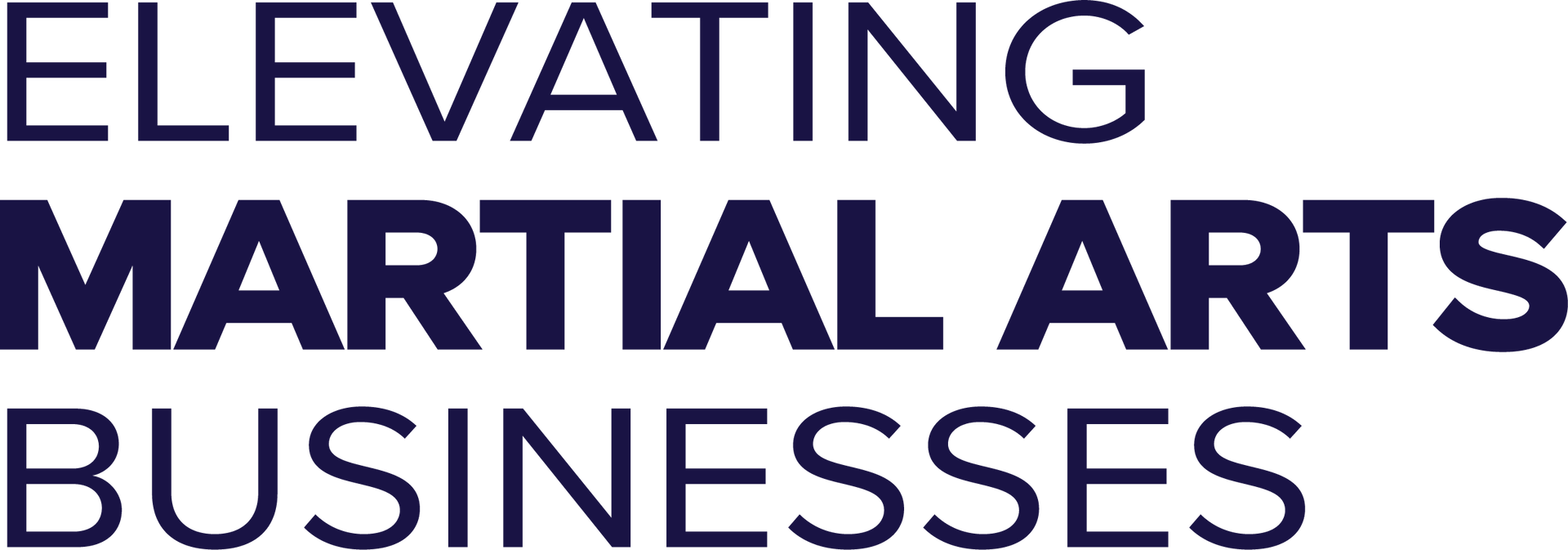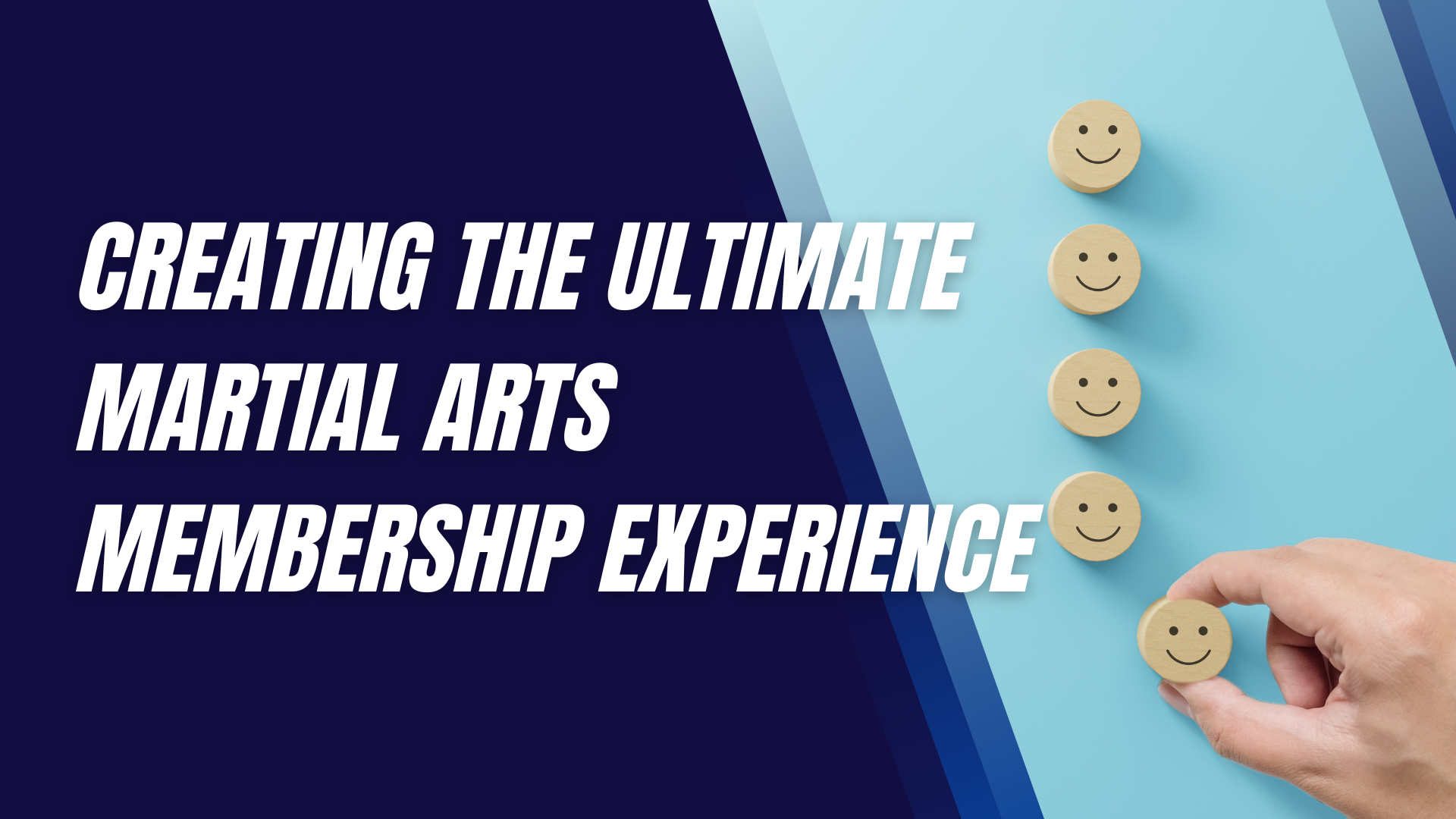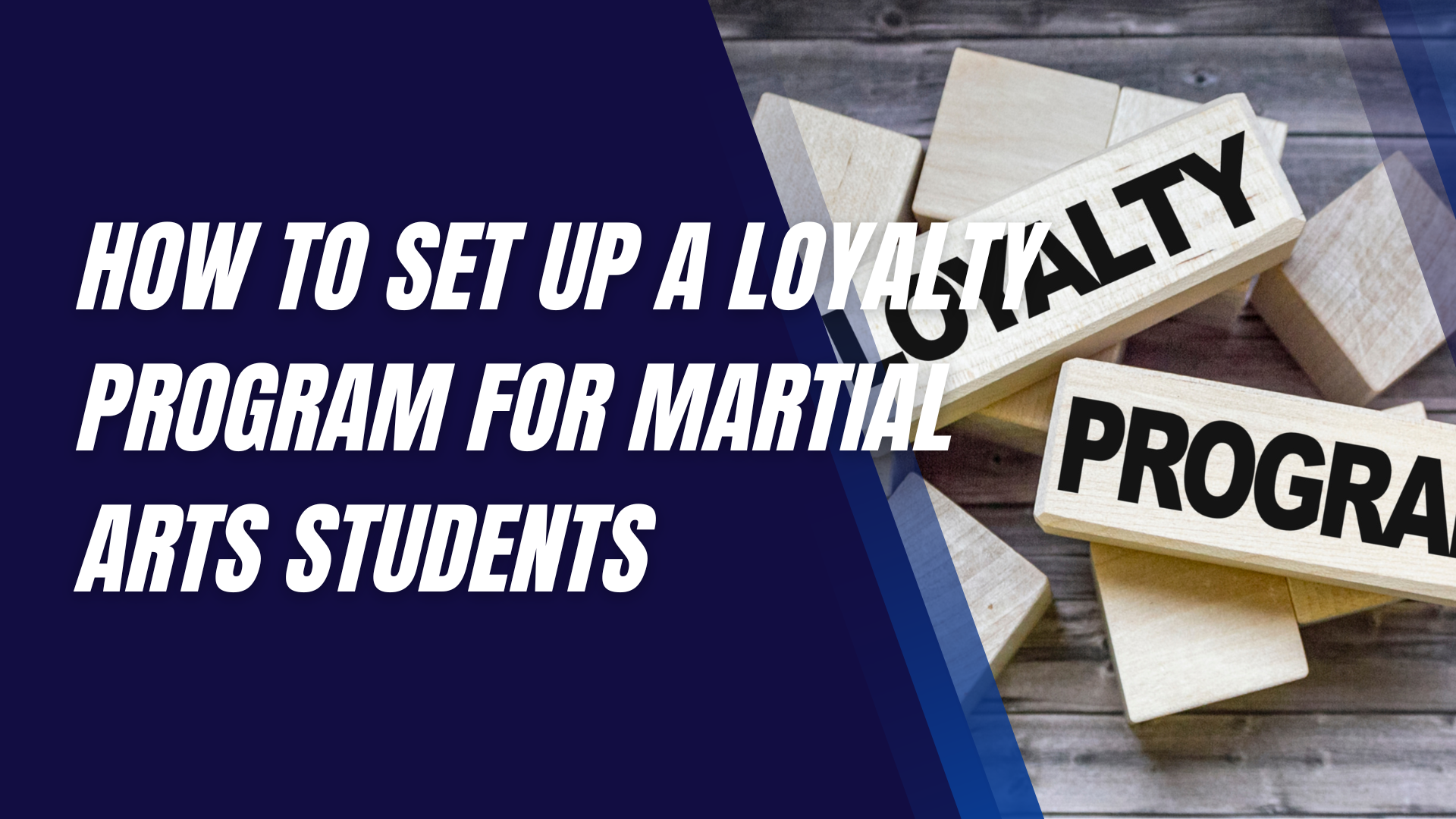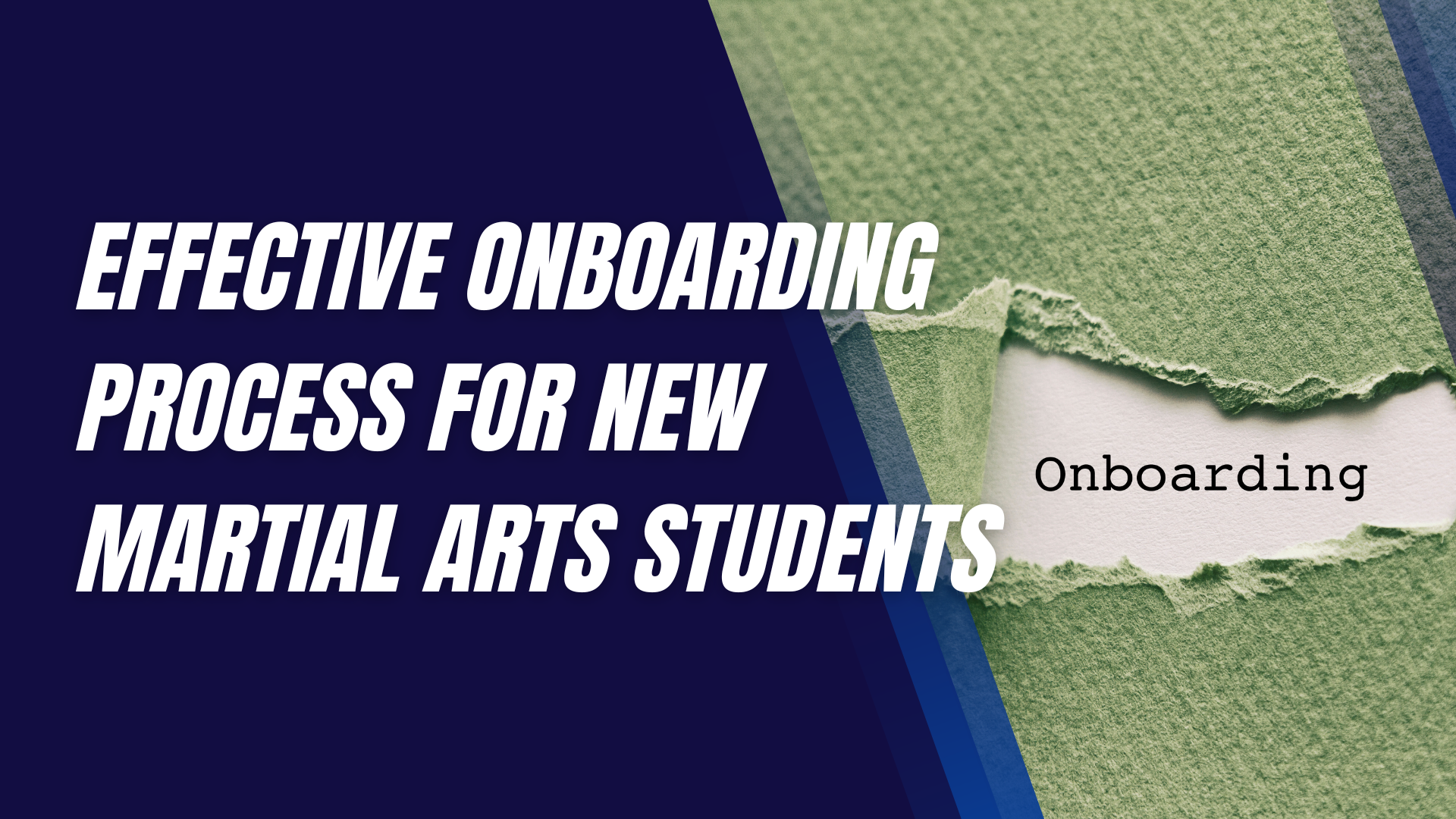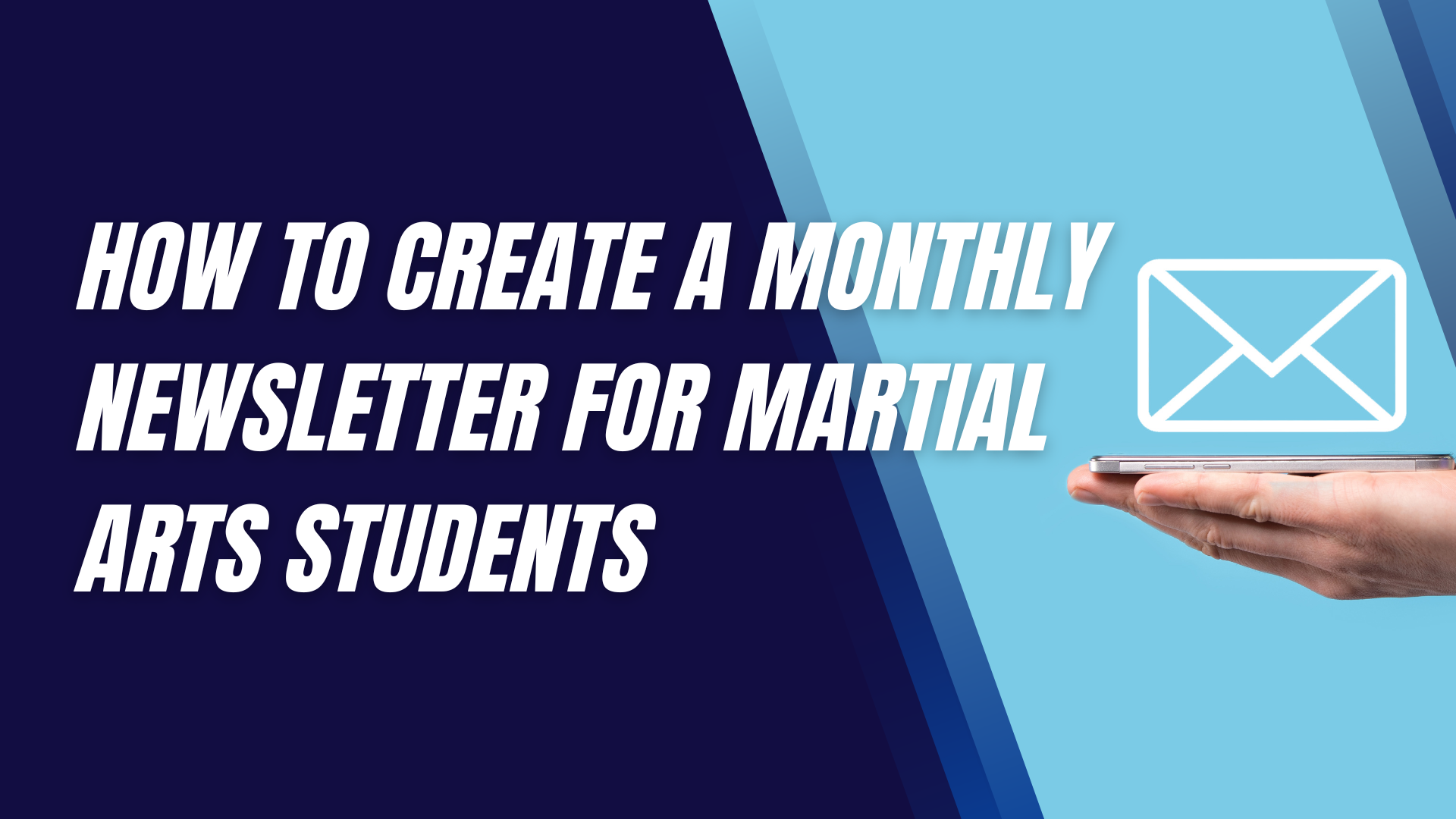Using Customer Feedback to Improve Your Martial Arts School
Customer feedback is an invaluable resource for any service-based business, and martial arts schools are no exception.
By tapping into the insights and experiences shared by your students and their families, you can identify strengths, address weaknesses, and ensure your school delivers the highest quality experience. Let’s explore how you can effectively use customer feedback to elevate your martial arts school.
Introduction to Customer Feedback in Martial Arts Schools
Feedback is the backbone of continuous improvement. For a martial arts school, customer feedback offers real-time insights into student satisfaction, instructional quality, and operational efficiency. Gathering and using feedback demonstrates that you care about your students' experiences, fostering a loyal and motivated community.
In a competitive market, responding to feedback can differentiate your school from others, enhancing both reputation and retention.
Benefits of Using Customer Feedback
Collecting and implementing customer feedback provides several key benefits:
- Gaining Insights into Student Satisfaction: Understanding how students feel about the curriculum, teaching styles, and overall atmosphere helps tailor the school’s services to meet expectations.
- Enhancing the Student Experience: Regular feedback enables instructors to adjust their methods or schedules to ensure students feel engaged and challenged.
- Building Trust and Reputation: When students and parents see that their input is valued, it fosters trust, encouraging more honest communication and positive word-of-mouth referrals.
Types of Customer Feedback for Martial Arts Schools
Customer feedback can take various forms:
- Formal Feedback: This includes structured surveys or feedback forms. These are typically provided after specific milestones, such as belt promotions or class trials.
- Informal Feedback: Conversations between students, parents, and instructors provide a more spontaneous form of feedback, often revealing issues that might not come up in formal assessments.
- Online Reviews and Testimonials: Public reviews on platforms like Google or Facebook can be both a source of feedback and a way to attract new students. Positive testimonials should be showcased prominently.
Collecting Feedback: Methods and Tools
It’s important to use diverse methods to collect feedback, ensuring you capture a wide range of insights.
- In-Person Feedback Collection: Directly speaking with students and parents during class transitions can yield valuable, candid opinions.
- Digital Surveys: Tools like Google Forms or SurveyMonkey allow you to gather structured responses, focusing on specific areas like instructor performance or facility quality.
- Social Media Monitoring: Parents and students often leave comments on social media, which can be valuable for understanding the overall sentiment towards your school.
- Google Reviews and Third-Party Platforms: Encourage reviews on external platforms where prospective students may search for local martial arts schools.
Timing and Frequency of Feedback Collection
The timing of feedback requests can greatly impact the quality of the responses:
- When to Ask for Feedback: Gathering feedback after key events such as belt tests, tournaments, or even open house events can provide relevant, context-specific insights.
- How Often to Collect Feedback: Striking a balance between frequent feedback collection and over-solicitation is crucial. Monthly or quarterly surveys can work well, depending on the size and activity level of your student base.
- Balancing Frequency with Over-solicitation: Too many requests for feedback can lead to survey fatigue. Be mindful of how often you ask for input.
Analyzing Customer Feedback Effectively
Once feedback is collected, analysis is key to driving actionable insights:
- Categorizing Feedback: Separate feedback into categories such as curriculum, facilities, and customer service to better understand the areas that need attention.
- Identifying Key Themes and Trends: Look for patterns in the feedback to identify recurring issues or positive aspects.
- Using Metrics to Quantify Feedback: Tools like the Net Promoter Score (NPS) or satisfaction ratings can provide a numerical baseline for improvement.
Addressing Negative Feedback
Negative feedback, while hard to hear, is often the most valuable:
- How to Respond to Negative Feedback: Always respond to negative feedback calmly and professionally, acknowledging the concern and outlining steps to address it.
- Turning Criticism into Actionable Improvements: Use criticism as a roadmap for necessary changes. For example, if multiple students mention dissatisfaction with class times, consider adjusting your schedule.
- Following Up with Dissatisfied Customers: After making changes based on feedback, follow up with the student or parent to show you took their concerns seriously.
Implementing Changes Based on Feedback
Implementing changes based on feedback requires strategic prioritization:
- Prioritizing Changes Based on Urgency and Impact: Not all feedback will demand immediate action. Focus on the changes that will have the most significant impact on student satisfaction and retention.
- Communicating Changes to Students and Parents: Once changes are implemented, ensure students and parents are aware of the improvements made as a result of their feedback.
- Examples of Successful Changes: Examples could include adding beginner classes, upgrading mats, or increasing communication regarding class updates and events.
Involving Students in the Improvement Process
Creating a culture of feedback can make students feel more connected to the school's success:
- Creating a Feedback Culture: Make feedback a regular part of the student experience by encouraging open communication during and after classes.
- Encouraging Students to Offer Suggestions: Implement suggestion boxes or dedicated times for feedback, empowering students to share their ideas.
- Rewarding Constructive Feedback: Consider offering small rewards or recognition to students who provide useful suggestions.
Customer Feedback for Improving Curriculum
Feedback is crucial for ensuring the curriculum remains engaging and effective:
- Adapting Teaching Methods Based on Feedback: Use feedback to refine your approach, especially for beginner or advanced students who may require different techniques.
- Adding or Revising Classes and Programs: If feedback indicates demand for new class types, such as self-defense or weapon training, consider expanding your offerings.
- Tailoring Instruction to Different Skill Levels: Ensure that feedback on class difficulty is incorporated to keep students of all levels challenged and motivated.
Improving Facility and Equipment Based on Feedback
The state of your facility directly impacts the student experience:
- Feedback-Driven Facility Upgrades: If students mention outdated or damaged equipment, allocate resources towards upgrading your mats, bags, or training tools.
- Investing in Better Equipment: Feedback on equipment quality can help you prioritize investment in new gear, creating a safer and more professional environment.
- Creating a More Welcoming Environment: Ensure your school’s ambiance reflects your values. Feedback about cleanliness or seating areas for parents can help make your facility more welcoming.
Enhancing Customer Service Through Feedback
Effective communication is a critical aspect of customer service in martial arts schools:
- Improving Communication with Parents and Students: Feedback on communication, particularly around scheduling and events, can highlight areas for improvement in how you share information.
- Optimizing Class Schedules and Management: If feedback suggests that class times don’t fit with student availability, consider adjusting the schedule or offering flexible options.
- Addressing Specific Concerns Regarding Interactions with Staff: Pay attention to feedback regarding staff behavior, and ensure that any issues are addressed professionally and swiftly.
Leveraging Online Reviews and Testimonials
Online reviews can make or break your school’s reputation:
- Encouraging Positive Reviews: Actively ask satisfied students and parents to leave reviews online, especially on Google and Facebook.
- Showcasing Testimonials on Your Website: Displaying glowing testimonials from your students can serve as powerful social proof for potential new students.
- How Reviews Influence New Student Sign-ups: Many potential students will research your school online before making a decision. Strong reviews can significantly influence their choice.
Monitoring Feedback Trends Over Time
Monitoring feedback trends helps you stay proactive in making improvements:
- Tracking Feedback to Spot Long-term Trends: Regularly reviewing feedback data helps identify persistent areas for improvement.
- Using Data to Forecast Future Improvements: Data from feedback can inform long-term planning, such as scheduling class expansions or budgeting for facility upgrades.
- Setting Goals Based on Historical Feedback: Set measurable improvement goals based on past feedback to ensure your school continues to evolve and meet student needs.
Final Thoughts
Using customer feedback is one of the most effective ways to continuously improve your martial arts school. By actively listening to students and parents, you can make informed decisions that enhance the quality of instruction, improve facilities, and strengthen customer service. Feedback empowers you to make necessary adjustments, ensuring that your school not only meets but exceeds expectations. When students and their families feel heard and valued, they are more likely to stay engaged, refer others, and contribute to the growth of your school. By fostering a culture of open communication and acting on the insights you receive, your martial arts school can thrive, offering a superior experience that stands out in a competitive landscape.
In the end, customer feedback is not just about addressing problems; it’s about cultivating lasting relationships, refining your teaching approach, and building a stronger, more resilient school community.
Interested in trying a martial arts class? Find an affiliated academy anywhere in the country by clicking here.
Have your own martial arts program? Get to know more about what we have to offer at Ground Standard Agency for helping martial arts businesses grow.
Email us at info@groundstandard.com, or call and text us at (732) 907-8920 today to learn how to start growing your own academy, school, dojo, or gym with us as well.
Share this article
